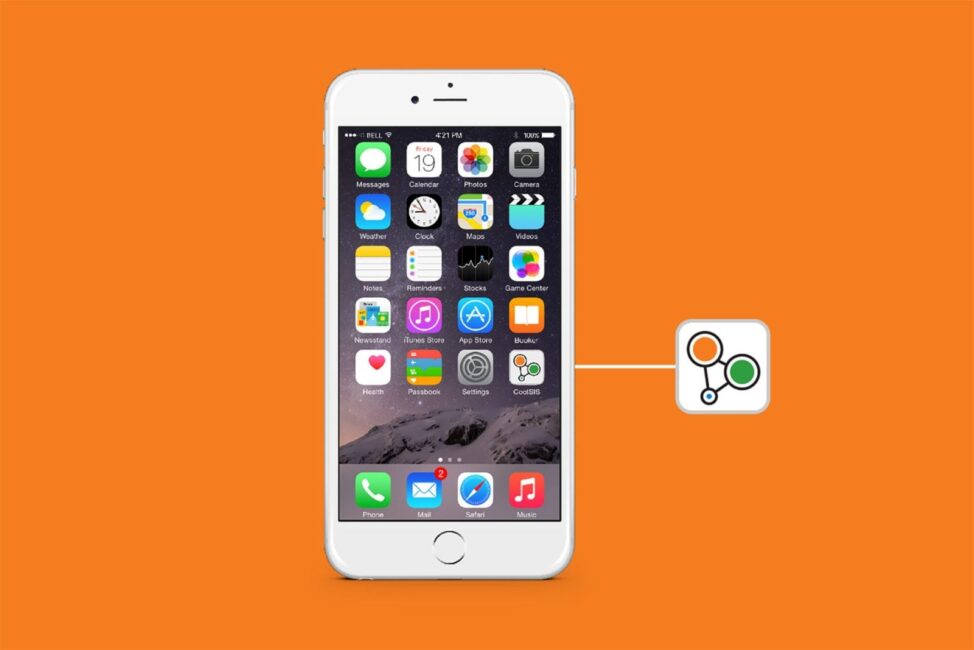Philosopher and Mathematician Alfred North Whitehead said, “Seek simplicity and distrust it.” While a concise and even beautiful distillation of his life’s philosophy, it would also be tough to think of a better battle cry for those who work in the ever-mercurial world of design. Your app development strategy may benefit from an approach of simplicity—and skepticism.
What does the perfect logo and the perfect app have in common? Both take creativity, both are subjective—and both don’t exist. In the world of design, as with the fine arts, there may always be a better way, and it’s up to the individual designer to find the stopping point where they put down their pencil or mouse and say, OK, it’s done. For designers, Alfred North Whitehead’s injunction to “seek simplicity, and distrust it,” could be seen as a propulsive battle cry in the pursuit of perfection.
For perfection, is it true that less is more? Whitehead would have been familiar with the concept of Occam’s Razor, or “the law of parsimony.” It’s a medieval principle which states that when given the choice between two good solutions to a problem, it’s best to go with the one that is least complex. Rendered in other ways the principle is: don’t multiply things beyond necessity; or the simplest solution is usually the best. The “razor” in the title refers to a tool used to slice away anything from a problem’s solution that is unnecessary.
As a digital marketing company in Orange County, Twelve12 designs websites for our clients, and often helps companies with mobile app development strategies, specifically with the design of the user interface (UI). Design of a good UI tends to comprise two different principles, or stages. The first process is expressive: getting everything that will need to go in the app on the table. After this formative step comes something just as crucial: the process of paring down, of scaling back on what has been included to ensure that only what’s needed remains. This is seeking simplicity—but is there a limit to this principle?
While simplicity is king in design, Whitehead’s quote tells us that one must always question the straightforwardness of the answer you’ve designed: seek simplicity, and always distrust that you’ve found it. A simple answer must be simple, yes, but it must also be an answer.
When designing an app for one of our clients, we realized that our original concept of the app was far too simplistic. The app is designed to make a rather detailed compliance inspections process simpler, but in order to do that, it would require a lot of careful thought on the UI design—otherwise it wouldn’t be a solution. This doesn’t refute the Whitehead quote; it completes it. In app design, don’t assume that you can solve a problem by simply adding a button. You’ve got to distrust that simplicity of your first thought—for the simplest solution for you as a designer may not be the simplest solution for your user.
A Second Opinion
This is why an essential part of the creative process is getting feedback—to a degree, you must distrust the answers that you yourself supplied. Get other eyes on it. Focus groups, however formal or informal, usually present a wealth of “aha” moments for design revision. Can’t invest in a focus group? Often something as simple as drawing up a design and coming back to it after a few days can allow sufficient vantage point to give that second opinion yourself—something not possible when the work was new.
For simplicity seekers looking to launch an app, and who are limited in their resources, seek a digital marketing company in Orange County that can take you from start to finish in your app development strategy. We all seek simplicity—finding the type that will make your user’s life easier—that’s the hard part.
